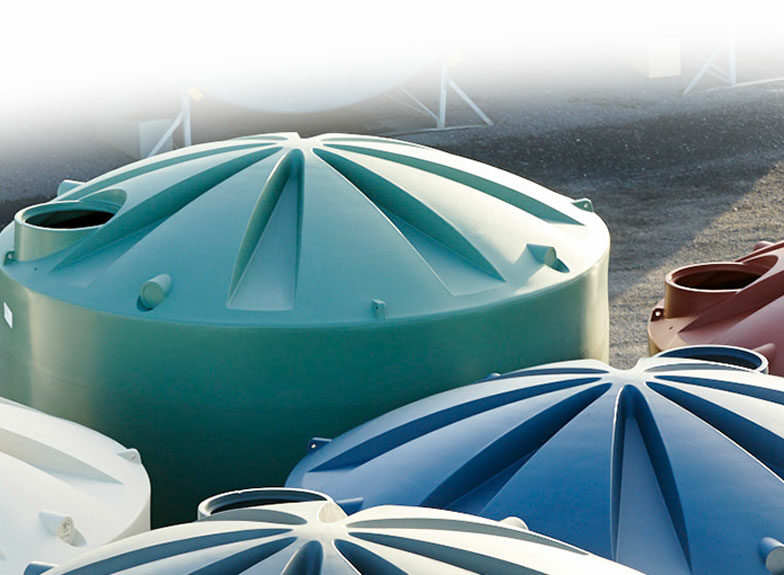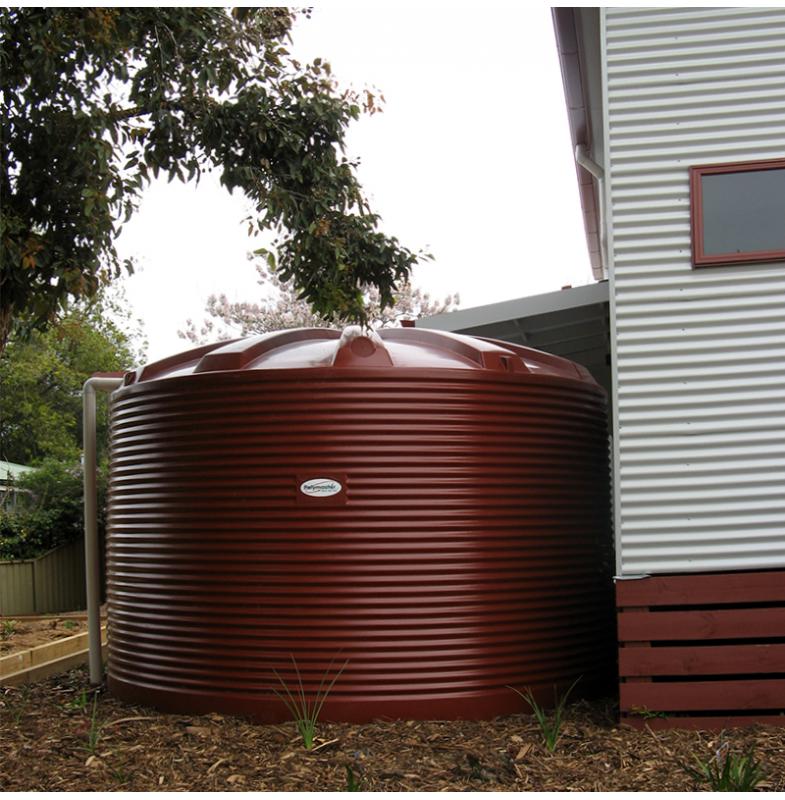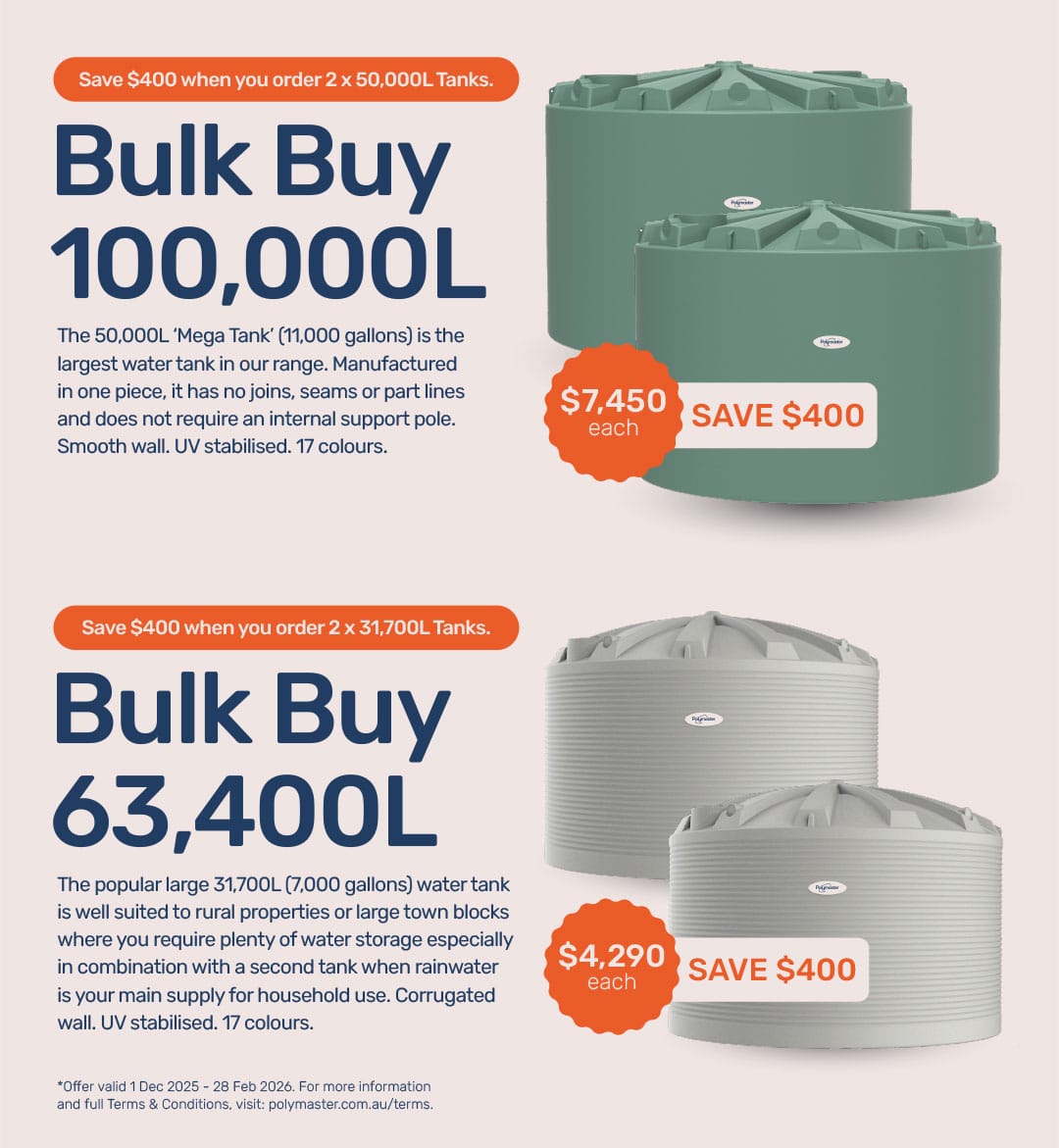Why Rainwater Tanks Matter in Australia
Rainwater tanks are increasingly essential across Australia, one of the driest continents on Earth, where rainfall patterns are becoming less predictable every decade. According to the CSIRO and Bureau of Meteorology’s State of the Climate 2024 report, southern Australia has seen a 15–20% decline in winter rainfall since the 1970s, while river flows are in long-term decline. This makes rainwater harvesting in Australia more valuable than ever.
For homeowners, a rainwater tank helps reduce reliance on the mains supply, lower water bills, and keep gardens thriving in dry spells. Around one in four Australian homes now have a rainwater tank, showing how common this choice has become.
For farmers and rural properties, large farm rainwater tanks provide a critical buffer during drought, ensuring livestock and crops have access to water when conditions are harsh. For businesses and councils, retention and detention tanks reduce strain on stormwater infrastructure, meet regulatory requirements, and support sustainability goals.
In every case, Polymaster water tanks provide reliable rainwater storage solutions, giving Australians the confidence to manage water security in a changing climate.
Different Types of Rainwater Tanks
Round Tanks
The most common and traditional style, round rainwater tanks are ideal for rural properties and large water requirements. They provide maximum storage at an economical price per litre, making them the go-to choice for farm rainwater tanks in Australia.
Slimline Tanks
Slimline rainwater tanks are specifically designed for space-limited properties in towns and cities. Their narrow, rectangular shape allows them to fit neatly alongside fences or walls, giving urban homeowners a practical rainwater storage solution without compromising on space.
Underground Tanks
Where aesthetics or space are major considerations, underground water tanks in Australia are the perfect fit. They keep outdoor areas clear and are hidden from view while still offering significant capacity. These tanks are popular in modern builds and smaller lots.
Retention and Detention Tanks
Increasingly, councils require retention and detention tanks to manage stormwater. Detention tanks slow down water flow during heavy rain, reducing the load on council drains, while retention tanks permanently store water for reuse. Polymaster provides both, ensuring compliance with rainwater tank regulations in Australia.
What Size Rainwater Tank Do You Need?
Factors That Influence Tank Size
Determining the right size is one of the most important steps in this rainwater tank guide. Factors include:
- Household size: Larger families need more water for showers, laundry, and gardens. For smaller homes, modest storage can be enough, but farms and businesses often need long-lasting poly tanks with high capacity to ensure supply during dry months.
- Climate: Rainfall varies across the country, from wet coastal zones to dry inland regions. A property in northern Queensland might fill tanks quickly, while regional South Australia requires much larger rainwater tanks to capture every drop during short wet seasons.
- Property space: Urban blocks may require slimline or underground tanks, while rural sites can accommodate large farm rainwater tanks that provide year-round storage.
Using Polymaster’s Rainwater Calculator
To simplify the process, use Polymaster’s online water tank calculator to quickly determine the capacity you need. This tool ensures you invest in the right tank size the first time.
What Are Rainwater Tanks Made Of?
Poly Tanks
Poly water tanks are the most popular choice in Australia due to their combination of strength, affordability, and versatility. Made from UV-stabilised, food-grade polyethylene, they are resistant to rust, algae, and cracking, even under Australia’s harsh sun. Polymaster’s long-lasting poly tanks are tested to AS/NZS standards, ensuring safe water for drinking and household use. Because they are lightweight, installation is faster and often cheaper than alternatives, making them ideal water tanks for homes, farms, and businesses.
Steel Tanks
Steel tanks remain a trusted option for rural and commercial properties. They can store large volumes of water and withstand external impacts better than some other materials. However, they require protective liners to ensure potability and may corrode over time if not maintained. When comparing poly vs steel water tanks, poly tanks typically offer easier installation and lower lifetime costs, while steel often provides higher volumes.
Concrete Tanks
Concrete tanks are extremely durable and fire-resistant, making them valuable in bushfire-prone areas. They can be constructed partially underground to save space and keep water cool. The downside is their weight and complexity. Installation requires heavy equipment and is often more expensive than poly or steel. Concrete tanks also need to be sealed to prevent leaks. For many buyers, cost and installation challenges limit their use, but they remain a solid option for long-term bulk storage.
Regulations and Standards You Need to Know
Building Codes and Council Requirements
Every state has slightly different rules when it comes to rainwater tank regulations in Australia. It’s essential to check with your local council before starting your rainwater tank installation. For example:
- Victoria: New Class 1 homes generally require a minimum 2,000 L rainwater tank connected to toilets and at least 50 m² of roof catchment under the Victorian Building Authority (VBA) 6-star building standards.
- Queensland: In council areas that have adopted the Queensland Development Code, new homes must install a rainwater tank (typically 5,000 L for detached houses) plumbed to all toilets, washing-machine cold taps, and at least one outdoor tap.
- NSW: New residential developments must meet BASIX water-efficiency targets. In most cases, installing a rainwater tank is the simplest way to achieve the required 40% reduction in potable water use.
These rules apply whether you’re adding water tanks for homes, farms, or businesses. For commercial and civic projects, councils may request retention detention tanks to control stormwater flow. By ensuring compliance from the start, property owners can avoid delays, fines, or costly redesigns.
Drinking Water Standards (AS/NZS 4020)
If you intend to use tank water for drinking, the materials must meet AS/NZS 4020. This standard ensures water remains safe by testing materials for contaminants, odours, and taste. For families using tanks in domestic settings, this gives reassurance that stored water is fit for everyday use. Farmers and businesses can also be confident their water supply meets national safety expectations.
Polymaster Certification
All Polymaster water tanks are fully certified, made with food-grade materials, and built to ISO9001 standards. By choosing a certified manufacturer, you are not only complying with regulations but ensuring you have one of the best rainwater tanks available. Certification also adds credibility for businesses and councils needing to demonstrate compliance with environmental and safety policies.
Installation and Maintenance Essentials
Choosing the Right Base
A tank is only as strong as the foundation it rests on. A crusher dust water tank base provides affordability and flexibility, while a concrete slab water tank base delivers long-term stability. The key is to ensure the base is level, compacted, and large enough to support the full footprint of the tank. For large poly water tanks, Polymaster or farm tanks, a reinforced slab may be recommended to carry the weight safely. A stable base not only protects the structure of the tank but is essential for warranty coverage.
Accessories and Pumps
Rainwater tanks work best when combined with the right pump and tank accessories. Leaf strainers, gutter guards, and first-flush diverters keep debris out, maintaining water quality. Pumps and pressure systems allow rainwater to be distributed efficiently throughout homes or irrigation systems. For businesses or councils, larger systems can integrate with rainwater storage solutions and retention detention tanks to meet regulatory needs. Investing in the right accessories ensures the tank performs as intended and water is safe and usable.
Maintenance Tips
Routine care is a simple way to extend the life of your investment. Water tank maintenance in Australia typically involves:
- Inspecting inlets and outlets to make sure they are clear and sealed
- Cleaning gutters regularly to prevent leaf build-up
- Checking the tank base for erosion or subsidence
- Performing occasional water quality checks, especially if the supply is for drinking
Polymaster provides a rainwater tank guide to help customers manage these steps. A well-maintained tank, especially when combined with a solid foundation, can last decades, making it one of the most reliable and sustainable choices for securing a water supply.
Why Choose a Polymaster Tank?
Polymaster is an Australian leader in water storage, with a reputation built on quality, compliance, and innovation. Here’s why their products stand out:
- Australian-made water tanks designed for local conditions.
- Industry certifications, including ISO9001 and AS/NZS 4020 compliance.
- Exclusive Waterguard® antimicrobial protection for cleaner water.
- Long warranties and a 25-year design life.
- One of the widest ranges available, from slimline rainwater tanks for suburban homes to 50,000L farm rainwater tanks for agriculture.
When you invest in Polymaster water tanks, you know you’re choosing durability, reliability, and proven performance.
Final Thoughts
Rainwater harvesting is one of the smartest steps Australians can take to secure their water future. Whether you’re looking for a compact slimline tank for an urban block, a large farm tank for livestock, or council-compliant detention systems, there’s a Polymaster solution to suit.
By following this rainwater tank guide, understanding rainwater tank regulations in Australia, and using tools like Polymaster’s water tank calculator, you can make an informed decision and enjoy years of reliable water storage.
View Polymaster’s full range of rainwater tanks in Australia today and take the next step toward water security and sustainability.
Enquire
More Similar News
View all News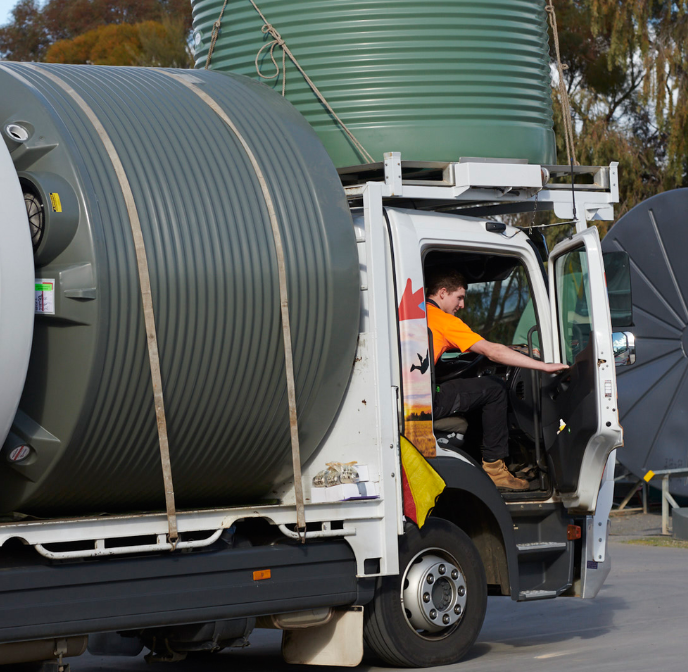
Lifting Equipment Requirements for Tank Deliveries
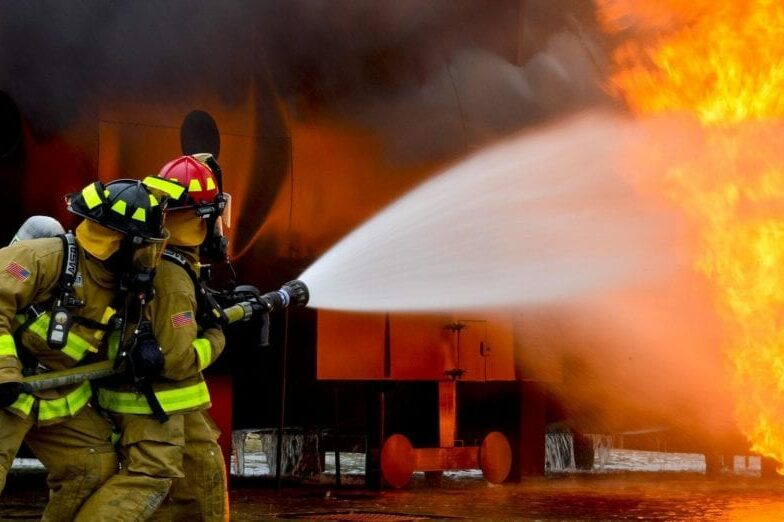
Tank solutions suited to PFAS contaminated ground remediation
